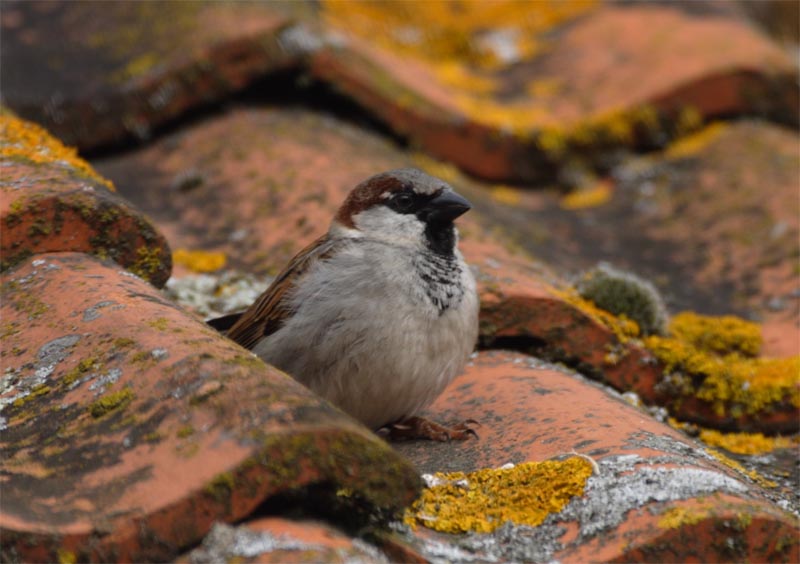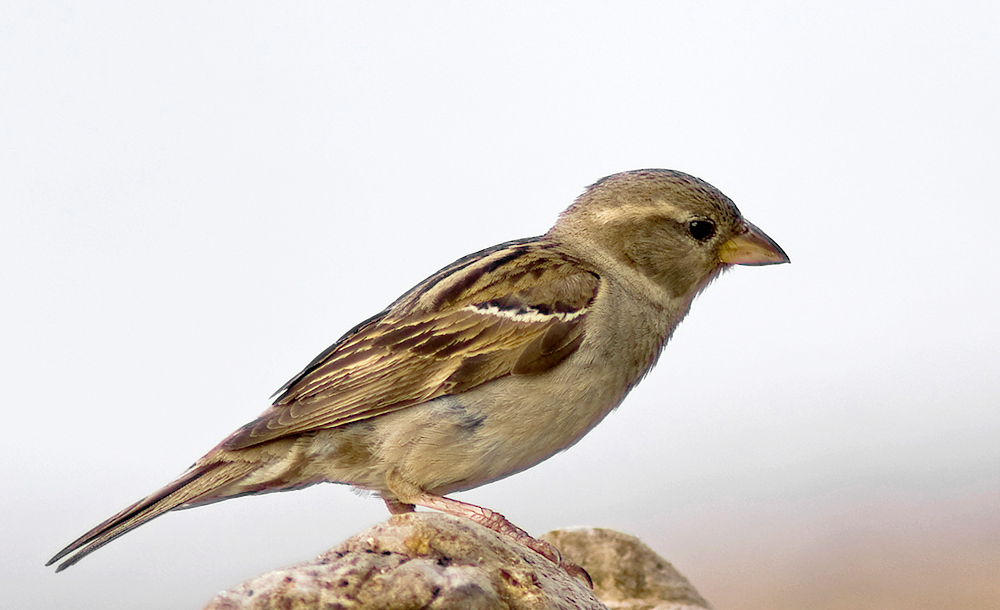

🦅NestingĮnglish sparrows make their nests in crevices in houses and other buildings and in other objects like streetlights, signs, gas station roofs, and the overhanging fittings that support traffic lights. They collect insects by swooping down on them, pouncing upon them, or pursuing them after lawnmowers or nighttime lights. Urban birds readily consume commercial bird seed.Įnglish Sparrows consume insects in the summer and feed them to its young. English sparrows will happily consume millet, milo, & sunflower seeds as bird food. Ragweed, crabgrass, various types of grass, and buckwheat are wild edibles. Corn, wheat, oats, and sorghum are a few of the crops they consume. 🦅DietĮnglish Sparrows mostly consume grains and seeds, cattle feed, and food waste in urban areas. Untouched woodlands and meadows lack English Sparrows, but the area near farmsteads has plenty. Search for them on downtown streets, in parks and zoos where they beg for food, or cheeping from a nest on your roof or in nearby trees.

🦅HabitatĮnglish Sparrows have long coexisted with people. Compared to most English sparrows, House Sparrows have a chunkier, broader chest, a bigger, rounder head, a shorter tail, and a stouter beak. 🦅Shape and SizeĮnglish sparrows are unusual in form and are unrelated to other sparrows in North America.

Both sexes have short, conical beaks and brown backs having black and white stripes. The heads of females are simple gray-brown with a buff stripe below the eye. Males have brown necks and cheeks, a black bib, and a gray head. The English or House Sparrow is a little bird with a typical length of 5 to 6 inches. Their backs have distinct buff, black, & brown stripes. Females have dull gray-brown underparts and a simple buffy-brown overall color. 🦅Color PatternĪlthough some may be drab and unappealing in cities, male English Sparrows are colorful birds with white cheeks, gray heads, a black bib, & rufous necks. Watch for them flying inside and out of nests concealed behind storefront signs or at traffic signals or hanging around in parking lots in search of scraps and collecting insects off vehicle grills. The noisy English Sparrow hops and pecks at crumbs or birdseed as it descends from eaves and fencerows. Here are some characteristics of this particular bird species: 🦅Behavior The Passer domesticus, commonly known as the House Sparrow and the English Sparrow, is the same bird species. English Sparrow and House Sparrow Characteristics Conservation efforts are being made to safeguard these birds and support their recovery. Nonetheless, the history of the English sparrow throughout North America serves as a warning tale about the unexpected consequences of bringing non-native species into new settings. Its characteristic chirping sound and brown & gray feathers make them easy to identify.Ĭoncern over the population loss of English sparrows in several parts of the world has grown in recent years. While English sparrows harm local bird species, they are nevertheless often seen in urban and suburban parts of North America. Many humans disliked them because of their aggressive conduct and loud vocalizations when competing for breeding locations and food with local bird species. The number of birds increased due to their rapid urban & suburban environment adaptation. However, introducing the English sparrow to North America had unexpected repercussions. Much more English sparrows were unintentionally and purposely imported to North America during the ensuing decades because of their potential to reduce pest populations and give city dwellers delightful entertainment, the birds as a positive contribution to the environment. The first known release of English sparrows in North America occurred in Brooklyn, New York, in 1850 when a flock of 50 birds was released. The English sparrow, originally from Europe and Asia, was brought to North America in the middle of the 19th century, where it swiftly established itself as a popular bird species in urban & suburban regions. The English sparrow, sometimes called the house sparrow, is a species of bird with a lengthy and intricate past. The History of English and House Sparrows This article will examine these variations and explain why both names frequently refer to the same bird species. There are several minor distinctions between English Sparrows & House Sparrows, even though they both share many morphological and behavioral traits.


 0 kommentar(er)
0 kommentar(er)
